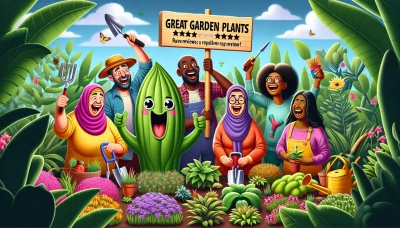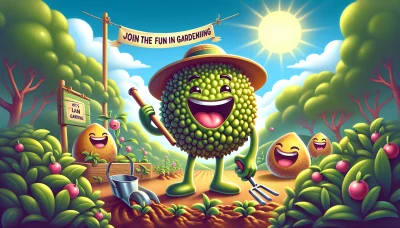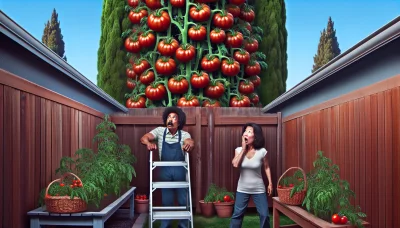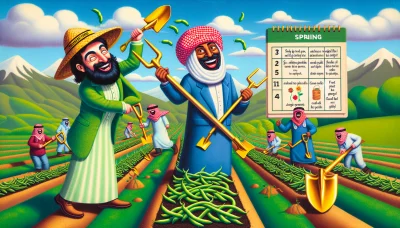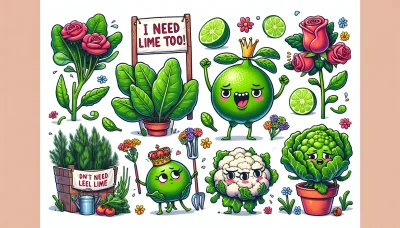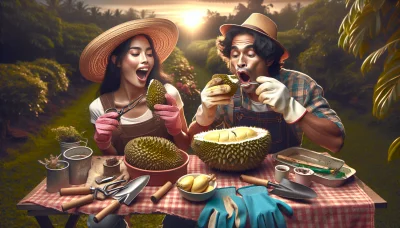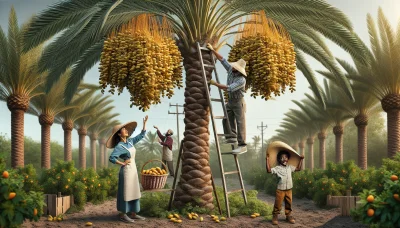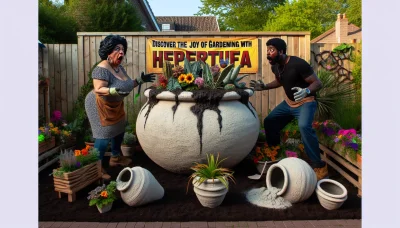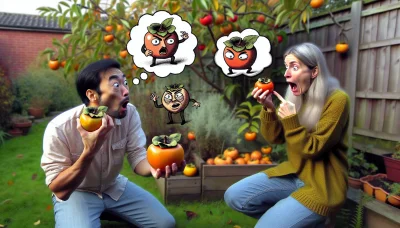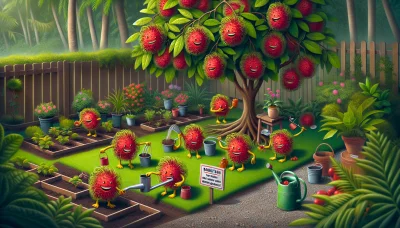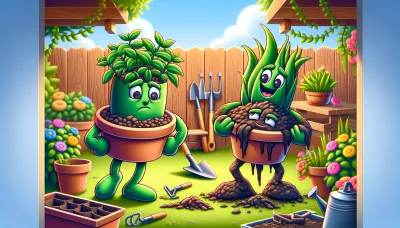Planting bush beans Quiz
Test Your Knowledge
Question of
The Basics of Planting Bush Beans
Bush beans, known for their compact growth habit, are a type of green bean that does not require staking or support to grow, making them an ideal choice for gardeners with limited space. Unlike pole beans that grow vertically, bush beans spread outwards, taking up less room and making them easier to harvest. They are a popular choice for both novice and experienced gardeners due to their ease of care and quick production time. Bush beans produce a bountiful harvest, typically ready to pick within 50 to 55 days after planting, providing a quick and rewarding gardening experience.
Choosing the Right Time and Location
The best time of year to plant bush beans is after the last frost when the soil has warmed up to at least 60°F (15°C). This typically falls in late spring or early summer, depending on your local climate. Bush beans thrive in locations that receive full sunlight for the majority of the day and prefer well-draining soil rich in organic matter. Ensuring these conditions are met will promote healthy growth and yield a bountiful harvest.
Soil Preparation for Bush Beans
To ensure a successful bush bean crop, it's essential to prepare the soil properly before planting. Begin by choosing a location that receives full sunlight and has well-draining soil. Bush beans thrive in soil with a pH level between 6.0 and 6.8, so it's advisable to test your soil and adjust the pH if necessary. You can raise the pH by adding lime or lower it by incorporating sulfur. The soil should be rich in organic matter; compost or aged manure can be worked into the soil to improve its fertility and structure. Make sure to remove any weeds or debris and till the soil deeply, about 8 to 10 inches, to ensure it's loose and aerated. This preparation creates an ideal environment for bush beans to grow strong and produce an abundant harvest.
Planting Your Bush Beans
- Choose a sunny spot in your garden with well-draining soil.
- Prepare the soil by loosening it to a depth of about 8-10 inches and mixing in compost or a balanced fertilizer.
- Wait until after the last frost to sow your seeds directly in the ground.
- Plant the seeds about 1 inch deep into the soil.
- Space the seeds approximately 2-4 inches apart in rows.
- Water the seeds gently but thoroughly after planting.
- Keep the soil moist but not waterlogged as the seeds germinate and grow.
- Once the plants are a few inches tall, thin them out so they are spaced about 4-6 inches apart.
- Continue to water the plants regularly, especially as the beans begin to form.
- Apply mulch around the plants to help retain soil moisture and suppress weeds.
Caring for Your Bush Bean Plants
To ensure your bush bean plants thrive, proper care is essential. Watering is crucial, especially during dry spells; aim for about an inch of water per week, either from rainfall or supplemental watering. Over-watering can lead to diseases, so ensure the soil drains well. Fertilizing should be done cautiously; a light application of a balanced fertilizer at planting and perhaps once more mid-season as the beans start to form is sufficient. Bush beans are not heavy feeders, so avoid over-fertilizing. Pests and diseases can be managed by keeping the area around the plants clean and free of debris, practicing crop rotation, and using appropriate organic or chemical treatments as needed. Vigilance and prompt action at the first signs of pests or disease are key to keeping your bush beans healthy.
Harvesting and Storing Bush Beans
Bush beans are ready for harvest approximately 50 to 55 days after planting, when the pods are firm, crisp, and fully elongated, but before the seeds within begin to bulge. They should be picked gently to avoid damaging the plant. Harvesting can continue every 2 to 3 days, which encourages the plants to produce more beans. After harvesting, bush beans can be stored in the refrigerator for about a week. For longer storage, blanching and then freezing the beans is recommended. This process involves boiling the beans for a few minutes, then quickly cooling them in ice water before drying and freezing them. This method helps in preserving their texture and flavor for several months.
Common Problems and Solutions
| Problem | Cause | Solution |
|---|---|---|
| Yellowing Leaves | Nitrogen deficiency | Apply a nitrogen-rich fertilizer |
| Bean Rust | Fungal infection | Remove affected plants and apply fungicide |
| Poor Pod Development | Inadequate pollination or water stress | Ensure adequate watering and consider hand pollination if necessary |
| Stunted Growth | Poor soil conditions | Amend soil with compost and ensure it is well-draining |
| Leaf Drop | Over-watering or under-watering | Maintain consistent soil moisture, not too wet or dry |

